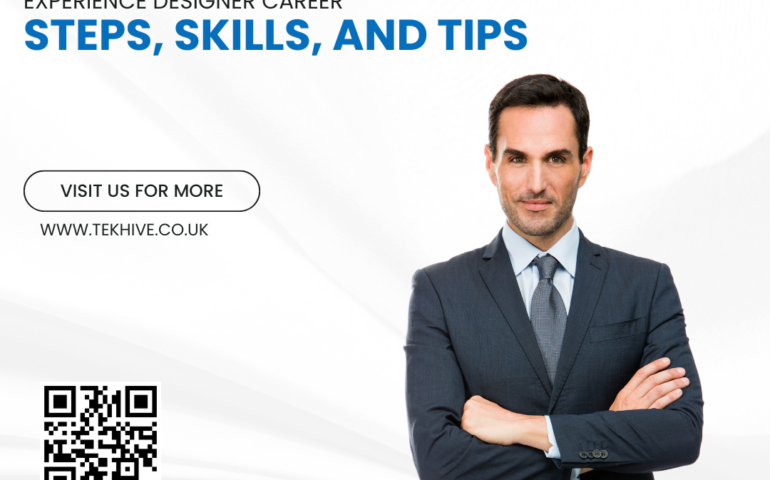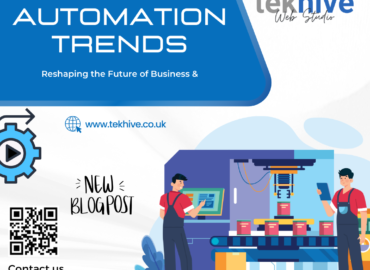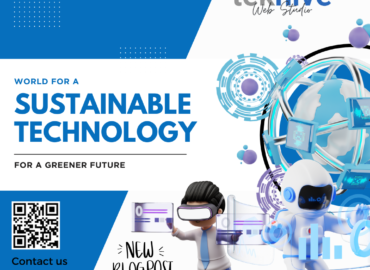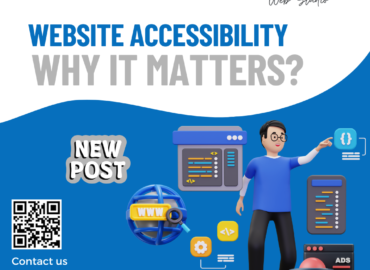
User Experience Designer Career

Pursuing a user experience designer career is more than just a job choice; it’s a journey into a rapidly growing field where creativity meets analytical thinking. If you’re eager to shape how users interact with products and services, then a career in UX design might be for you. In this comprehensive guide, we’ll dive into everything you need to know, from the skills required to the potential career paths available. Let’s get started!
What Is a User Experience Designer?
First and foremost, let’s define what a user experience (UX) designer is. A UX designer is responsible for creating intuitive, efficient, and enjoyable digital experiences. They focus on understanding user needs, mapping user journeys, and designing interfaces that meet user expectations. While the term UX designer often encompasses a variety of roles, it mainly involves aspects like user research, wireframing, prototyping, and usability testing.
Why Choose a Career as a User Experience Designer?
Before diving into the specifics, it’s essential to understand why pursuing a user experience designer career is a wise choice. Not only is UX design a field in demand, but it also offers rewarding opportunities for problem-solving and creativity. For instance, the rise of digital products has made the UX designer role pivotal in creating user-friendly apps, websites, and software.
Moreover, the salary potential is appealing. According to industry surveys, UX designers often earn competitive salaries, with opportunities for growth as they gain experience. Additionally, the work is versatile, as UX designers can work across industries, ranging from tech startups to healthcare companies and beyond.
Skills Needed to Excel in a UX Designer Career
To thrive as a user experience designer, there are certain skills and attributes you must develop:
- User Research Skills: Understanding user needs and behaviors is at the core of UX design. Conducting interviews, surveys, and usability tests allows designers to gather valuable insights.
- Wireframing and Prototyping: This involves creating the basic structure of digital products. Tools like Adobe XD, Figma, and Sketch are commonly used by UX designers for this purpose.
- Visual Design Skills: Even though UX design is not solely about aesthetics, having a good eye for design is beneficial. This includes knowledge of color theory, typography, and layout design.
- Collaboration and Communication: UX designers often work with product managers, developers, and other stakeholders. Being able to communicate ideas clearly is crucial for success.
- Problem-Solving Abilities: Since the goal of UX design is to solve user problems, having strong problem-solving skills is a must.
- Empathy: Lastly, empathy is a defining trait of successful UX designers. Understanding user pain points and designing with their perspective in mind is what sets a great UX designer apart.
Educational Paths for a User Experience Designer Career
There are several ways to enter a user experience designer career, depending on your background and resources. Here’s a look at common educational paths:
- Bachelor’s Degree in Design or Related Fields: Many UX designers have degrees in fields like graphic design, psychology, or human-computer interaction (HCI).
- UX Design Bootcamps: These intensive programs are designed to equip participants with the skills needed to start working as a UX designer in a relatively short time.
- Online Courses and Certifications: For those who prefer self-paced learning, online platforms like Coursera, Udemy, and LinkedIn Learning offer specialized courses in UX design.
- On-the-Job Training: Some designers enter the field through roles like graphic design or front-end development and then transition into UX design by learning on the job.
Building Your UX Design Portfolio
When pursuing a user experience designer career, having a strong portfolio is essential. Your portfolio should showcase your best work, demonstrating your design process and problem-solving skills. Here’s how to create a compelling UX portfolio:
- Include Case Studies: Instead of just showing finished designs, create case studies that highlight your design thinking process. Include details on user research, wireframes, prototypes, and feedback iterations.
- Show Versatility: If possible, include a variety of projects that demonstrate different aspects of UX design, such as mobile app design, website design, and usability testing.
- Highlight Real-World Experience: If you have experience working on projects with real clients or companies, be sure to include them in your portfolio.
- Keep It Visual: Remember, your portfolio should be easy to navigate and visually appealing—just like a good user experience!
Finding Job Opportunities in UX Design
Once you have developed the necessary skills and built your portfolio, the next step is to find job opportunities. Here are some effective ways to kickstart your user experience designer career:
- Job Boards: Websites like Indeed, Glassdoor, and LinkedIn are excellent resources for finding UX designer jobs.
- Networking: Attend design meetups, conferences, or online forums to connect with industry professionals. Networking can help you discover hidden job opportunities and gain insights from experienced designers.
- Freelancing: Many UX designers start their careers as freelancers. Platforms like Upwork, Fiverr, and Behance allow you to showcase your work and gain clients.
- Internships: For those new to UX design, internships offer hands-on experience and a chance to learn from senior designers.
Career Growth and Specializations in UX Design
While starting as a general UX designer is common, you can later specialize in areas like:
- UX Research: Focus on conducting user research to understand needs and preferences.
- Interaction Design: Specialize in creating engaging and intuitive user interactions.
- Information Architecture: Concentrate on structuring digital content for clarity and ease of use.
- UX Writing: Craft clear and concise text to guide users through digital experiences.
As you advance, you may also move into roles like UX Manager, Product Designer, or even Head of UX.

Final Thoughts
Transitioning into a user experience designer career is both exciting and challenging. With the right mix of skills, education, and experience, you can not only break into this field but also excel in it. Additionally, always remember to keep learning, as UX design is a field that constantly evolves with new trends, tools, and technologies.
If you want to read more information about how to boost your website traffic, just visit –> TekHive





